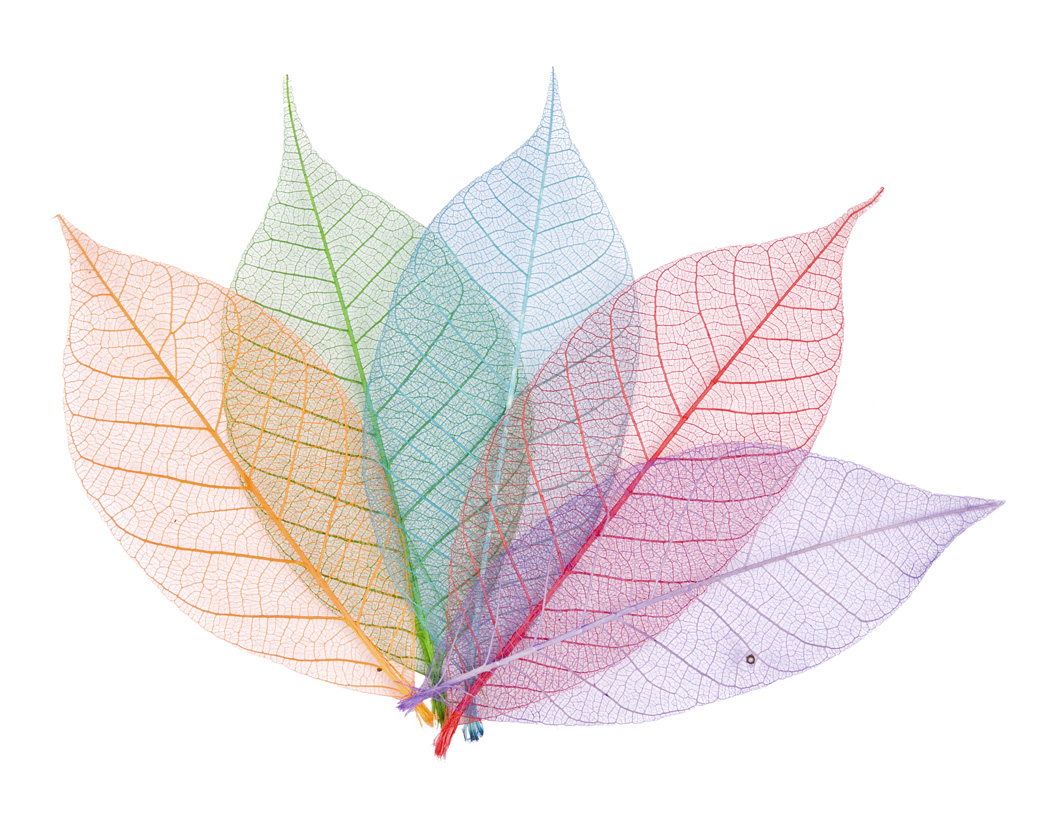Community
Happy Earth Day!
 Earth Day will be observing its 42nd year of raising environmental awareness on Sunday, April 22, 2012. As spring beckons us outside to enjoy nature, it is an excellent time to stop and reflect on what we can do for the environment. It is even better when we can make changes that lessen our impact on a daily basis. We are glad to say that great strides are being made by the printing industry to that end.
Earth Day will be observing its 42nd year of raising environmental awareness on Sunday, April 22, 2012. As spring beckons us outside to enjoy nature, it is an excellent time to stop and reflect on what we can do for the environment. It is even better when we can make changes that lessen our impact on a daily basis. We are glad to say that great strides are being made by the printing industry to that end.
When people think of the environmental impact of printing they tend to think in terms of paper. This makes sense because paper is the most publicly visible component. Paper mills are indeed working hard to make positive changes through the management of sustainable forests using responsible logging practices and limiting the use of herbicides and pesticides. The Forest Stewardship Council was established to implement a stringent chain of custody procedures to ensure the cleanest, most energy efficient processing and manufacturing possible. And of course recycling remains an important part of their efforts.
What is less publicized is the “greening” of the actual process of printing. Traditional offset printers are switching from petroleum-based inks to vegetable-based inks such as soybean, linseed and flax. All of these greatly reduce the amount of volatile organic compounds (VOCs) released during printing and drying. These inks are also easier to remove from the paper during the de-inking process prior to recycling.
Another way the printing industry is going green is through the adoption of more digital presses. With digital printing, the need for “make-ready” sheets is virtually eliminated, thus saving paper, ink, and the energy needed to run the presses. Perhaps the most obvious way in which digital printing saves resources is the ability to cost effectively print only what is needed when it is needed. There is no longer a reason to print in large quantities and then have to destroy outdated materials. This not only reduces waste, but also storage costs. Another way to reduce waste is to use variable data printing to send targeted communications. Page counts can be reduced with the aid of customization, thus reducing the print run and the amount of paper used.
Presses are also becoming much more environmentally friendly. For example, 97% of the components in our iGen3 are recyclable or re-manufacturable. Plus, our iGen digital presses use dry toners. This is great news for the environment for a number of reasons:
1. Our dry toners are vegetable-based and non-toxic
2. The toners are in closed containers with an almost 100% transfer rate, guaranteeing minimal emissions to the air – and no liquid emissions
3. No alcohols, chlorinated solvents, acids or flammable materials are used or created in the process
4. Empty cartridges are returned to Xerox for reuse or recycling
Obviously, there is still much to be done, but rest assured as greener options become available to our industry we will continue to embrace them. In the meanwhile, let’s all take some time this weekend to enjoy one of the many Earth Day celebrations and perhaps learn a few new ways to treat our home right.
